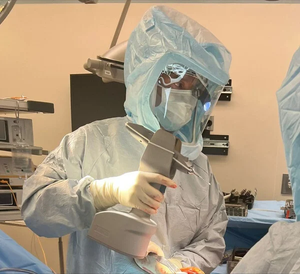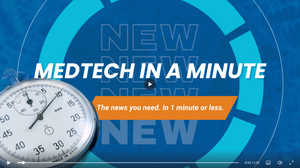These were among the most thought-provoking quotes we heard from medical device and diagnostics professionals in May.
Amanda Pedersen
May 31, 2022
6 Slides

Here is a look back at the most thought-provoking statements we heard from industry professionals and thought leaders during the month of May.
About the Author(s)
Sign up for the QMED & MD+DI Daily newsletter.
You May Also Like




